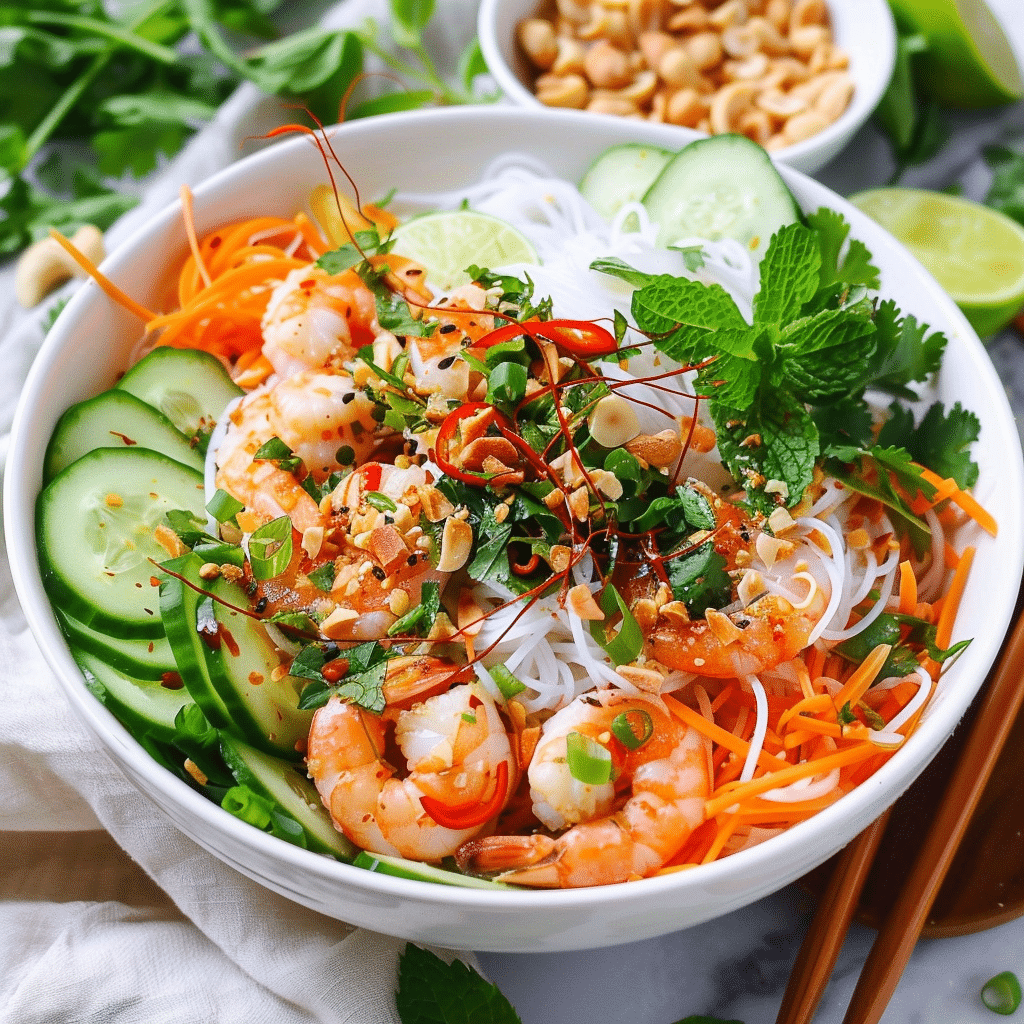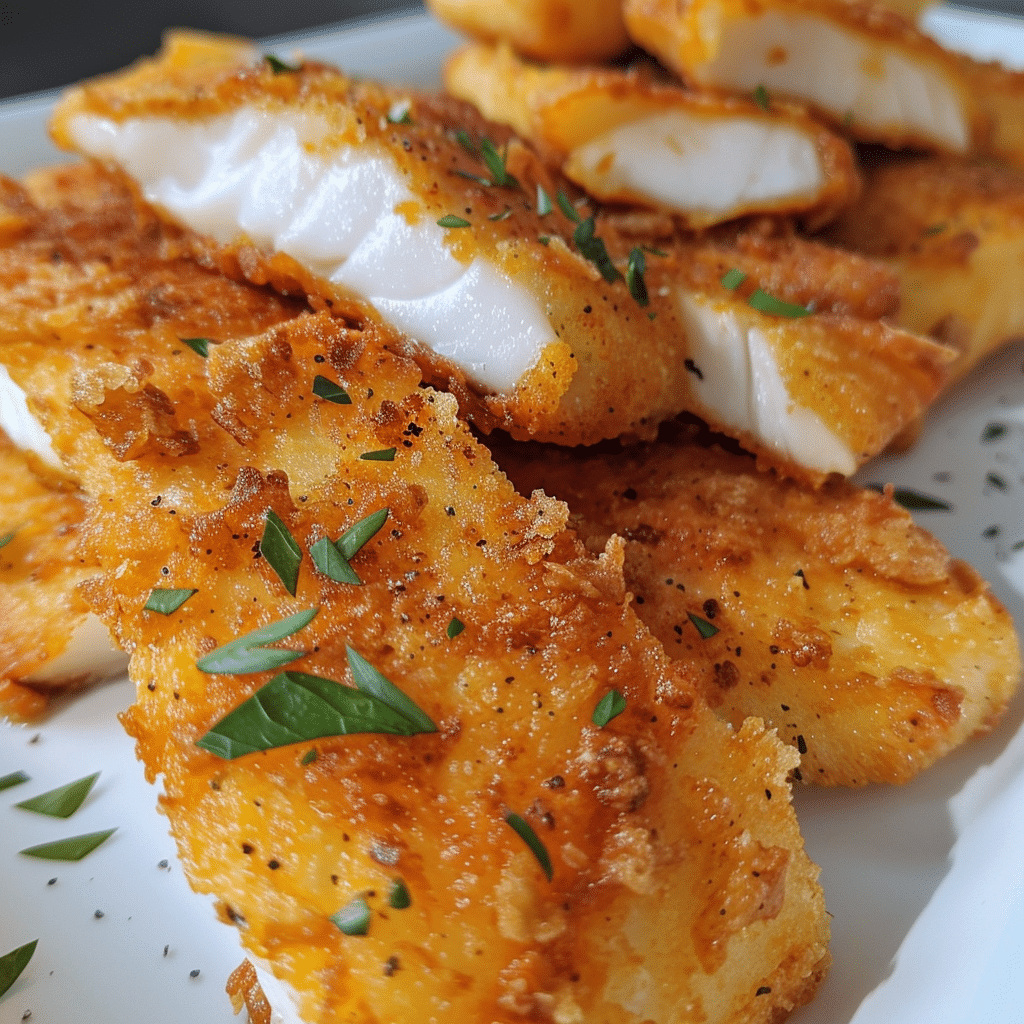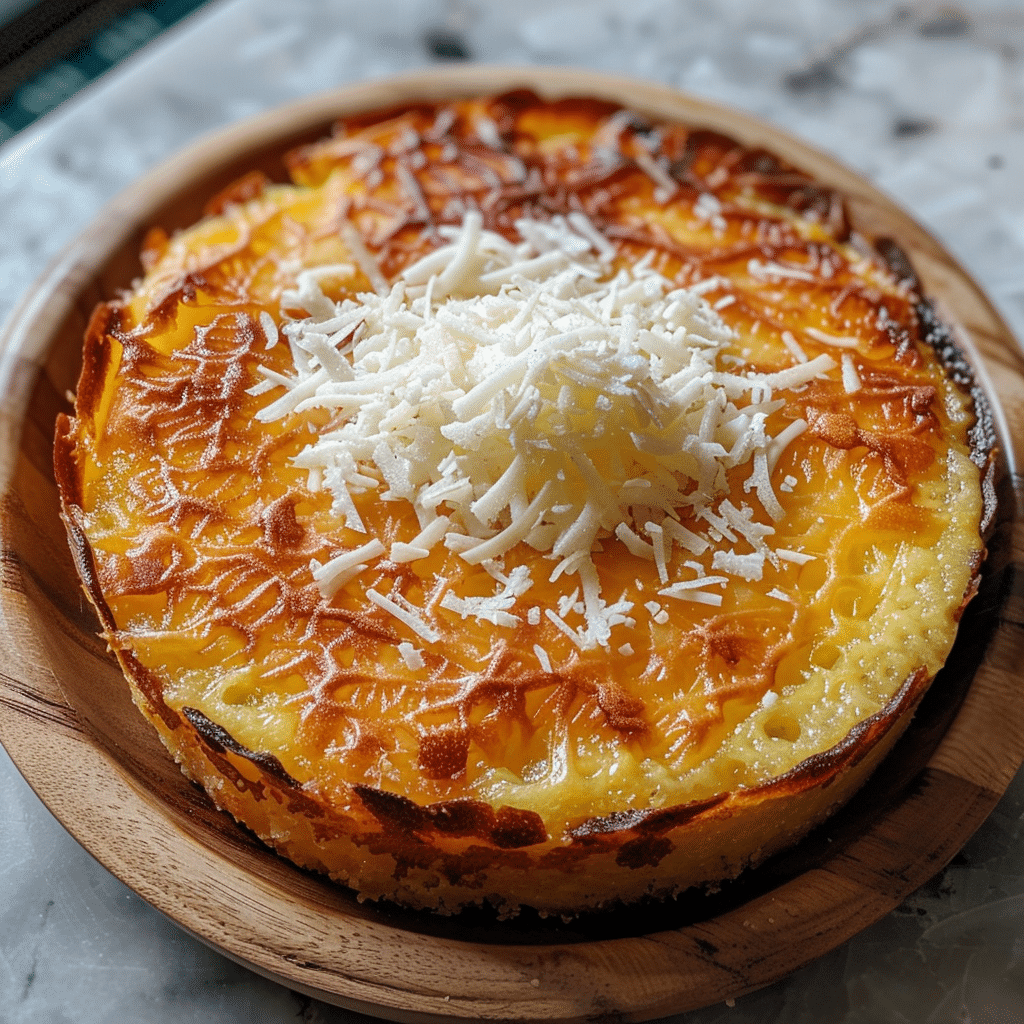Vietnamese Noodle Salad with Tangy Dressing: A Refreshing and Flavorful Dish

Vietnamese Noodle Salad with Tangy Dressing is a refreshing and healthy dish that is perfect for any occasion. This salad is a combination of vermicelli rice noodles, fresh herbs, and vegetables that are tossed in a simple and tangy dressing made of soy sauce, lime juice, sugar, rice wine vinegar, and garlic.
The Essence of Vietnamese Noodle Salad lies in the balance of flavors and textures. The noodles provide a soft and chewy base, while the vegetables and herbs add a refreshing crunch and aroma. The dressing ties everything together with its tangy and savory notes that complement the sweetness of the vegetables. This salad is a perfect example of the Vietnamese cuisine’s emphasis on fresh ingredients, bold flavors, and healthy eating.
Key Takeaways
- Vietnamese Noodle Salad is a refreshing and healthy dish that combines vermicelli rice noodles, fresh herbs, and vegetables.
- The Essence of Vietnamese Noodle Salad lies in the balance of flavors and textures.
- The salad’s tangy dressing is a simple yet flavorful combination of soy sauce, lime juice, sugar, rice wine vinegar, and garlic.
The Essence of Vietnamese Noodle Salad
Cultural Significance
Vietnamese cuisine is known for its fresh and vibrant flavors, and Vietnamese noodle salad with tangy dressing is no exception. This salad is a staple in Vietnamese cuisine and is enjoyed as a light and refreshing meal or as a side dish to complement other dishes. Vietnamese noodle salad is a perfect representation of the balance of flavors that is so important in Vietnamese cuisine. The tangy dressing is the star of the dish, bringing together the sweet, sour, salty, and spicy flavors that are so characteristic of Vietnamese cuisine.
Key Ingredients
Vietnamese noodle salad is made with vermicelli rice noodles, fresh herbs, and vegetables. The salad is then tossed with a delicious Vietnamese dressing that is made with fish sauce, lime juice, sugar, garlic, and chili. The key ingredients in Vietnamese noodle salad are:
- Vermicelli rice noodles: These noodles are made from rice flour and are thin and translucent. They are a staple in Vietnamese cuisine and are used in many dishes, including pho and spring rolls.
- Fresh herbs: Vietnamese noodle salad is typically made with a combination of mint, cilantro, and Thai basil. These herbs add a fresh and aromatic flavor to the dish.
- Vegetables: The salad typically includes shredded lettuce, cucumber, and carrot. These vegetables add crunch and texture to the dish.
- Vietnamese dressing: The dressing is what gives the salad its tangy and flavorful taste. The dressing is made with fish sauce, lime juice, sugar, garlic, and chili. The fish sauce is the key ingredient in the dressing and gives the salad its umami flavor.
Vietnamese noodle salad with tangy dressing is a perfect representation of the fresh and vibrant flavors that are so characteristic of Vietnamese cuisine. The combination of vermicelli rice noodles, fresh herbs, and vegetables, and the tangy Vietnamese dressing make this dish a must-try for anyone who loves Vietnamese food.
Preparing the Noodles
Choosing the Right Type
Vietnamese noodle salad is typically made with thin rice vermicelli noodles. These noodles are light, delicate, and have a slightly chewy texture. They are also gluten-free, making them a great option for those with gluten sensitivities.
When selecting rice vermicelli noodles, look for packages that are labeled “rice vermicelli” or “rice stick noodles.” These noodles can usually be found in the international aisle of most grocery stores. Some brands may also specify the noodle thickness, with “bun” or “bun cha” being the thinnest option.
Cooking Techniques
Cooking rice vermicelli noodles is quick and easy. Start by bringing a large pot of water to a boil. Once the water is boiling, add the noodles and stir gently to separate them. Cook the noodles for 3-5 minutes, or until they are tender but still slightly firm.
Once the noodles are cooked, drain them in a colander and rinse them under cold water to stop the cooking process and prevent them from sticking together. Use your hands to gently toss the noodles in the colander to remove any excess water.
To prevent the noodles from clumping together, toss them with a small amount of oil or sesame oil. This will also add flavor to the noodles.
In summary, choosing the right type of noodle and using the correct cooking techniques are important steps in preparing Vietnamese noodle salad. By following these tips, you can ensure that your noodles are tender, flavorful, and perfectly suited for this delicious dish.
Tangy Dressing Composition
Traditional Dressing Ingredients
Vietnamese noodle salad is often served with a tangy dressing that adds a unique flavor to the dish. The traditional dressing is made with a combination of fish sauce, sugar, lime juice, and rice vinegar. These ingredients are mixed together to create a sweet and sour flavor that complements the fresh vegetables and noodles in the salad.
Fish sauce is a key ingredient in the dressing and is made from fermented fish. It has a salty and savory flavor that adds depth to the dressing. Sugar is added to balance out the saltiness of the fish sauce and to give the dressing a slightly sweet taste. Lime juice and rice vinegar are used to add acidity to the dressing, which helps to cut through the richness of the fish sauce and sugar.
Creating the Perfect Balance
The key to creating a delicious tangy dressing is to find the perfect balance between the sweet, salty, and sour flavors.
The amount of each ingredient used will depend on personal taste preferences, but a good starting point is to use equal parts fish sauce and sugar, and then adjust the lime juice and rice vinegar to taste.
To make the dressing, simply whisk together the fish sauce, sugar, lime juice, and rice vinegar until the sugar has dissolved.
Taste the dressing and adjust the flavors as needed. Some people prefer a more sour dressing, while others prefer it to be sweeter. The dressing can also be adjusted by adding more or less water to achieve the desired consistency.
Overall, the tangy dressing is what sets Vietnamese noodle salad apart from other salads.
By using a combination of fish sauce, sugar, lime juice, and rice vinegar, a delicious sweet and sour flavor is created that perfectly complements the fresh vegetables and noodles in the salad.
Assembling the Salad
Layering Components
To assemble the Vietnamese Noodle Salad with Tangy Dressing, start with a bed of vermicelli rice noodles at the bottom of a large salad bowl. Then, add a layer of julienned cucumbers and carrots, followed by a generous amount of fresh herbs such as basil, cilantro, and mint.
To add some protein to the salad, shredded rotisserie chicken or grilled shrimp can be added at this point. Finally, pour the tangy dressing over the salad and toss gently to combine. The salad is now ready to be served.
Garnishing for Flavor and Aesthetics
To enhance the flavor and aesthetics of the Vietnamese Noodle Salad with Tangy Dressing, some garnishes can be added on top. Some popular options include chopped peanuts, fried shallots, and sliced red chili peppers.
Fresh lime wedges can also be served on the side to add some extra acidity and brightness to the salad. These garnishes not only add flavor and texture to the dish but also make it look more visually appealing.
Overall, assembling the Vietnamese Noodle Salad with Tangy Dressing is a simple process that can be done in a few easy steps. By layering the components in the right order and adding some garnishes on top, the salad can be transformed into a delicious and satisfying meal.
Serving and Presentation
Plating Techniques
Vietnamese noodle salad with tangy dressing is a dish that can be served in many different ways. One popular plating technique is to serve the salad in a large bowl, with the noodles and vegetables arranged in an attractive pattern. Another option is to plate the salad on individual plates, with each serving topped with a generous helping of the tangy dressing.
To add visual appeal, garnish the salad with fresh herbs, such as cilantro or mint, or sprinkle some sesame seeds on top.
To make the dish even more colorful, add some sliced red bell peppers or shredded purple cabbage.
Pairing with Other Dishes
Vietnamese noodle salad with tangy dressing is a versatile dish that can be paired with a variety of other foods.
It goes well with grilled meats such as chicken, beef, or shrimp, as well as tofu for a vegetarian option.
For a complete meal, serve the salad with a side of steamed rice or some crispy spring rolls.
Alternatively, pair it with a refreshing drink such as iced tea or a cold beer to balance out the tangy flavors of the salad.
Overall, Vietnamese noodle salad with tangy dressing is a dish that is not only delicious, but also visually appealing.
By using different plating techniques and pairing it with other dishes, you can create a meal that is both satisfying and flavorful.
Frequently Asked Questions
How do you make the dressing for a Vietnamese noodle salad?
The dressing for a Vietnamese noodle salad typically includes fish sauce, rice vinegar, sugar, lime juice, and garlic. Some recipes may also include chili peppers or other spices.
To make the dressing, simply whisk together the ingredients in a small bowl or shake them together in a mason jar.
What are the typical ingredients in a vegetarian Vietnamese noodle salad?
A vegetarian Vietnamese noodle salad typically includes vermicelli rice noodles, fresh herbs such as cilantro and mint, shredded lettuce or cabbage, and a variety of vegetables such as carrots, cucumbers, and bean sprouts. The salad is often topped with peanuts or other nuts for added texture and flavor.
What is the traditional name for a Vietnamese vermicelli noodle salad?
The traditional name for a Vietnamese vermicelli noodle salad is bun cha gio or bun thit nuong. However, there are many variations of this dish and it may be referred to by different names depending on the region or the specific ingredients used.
Can Vietnamese noodle salad be served cold?
Yes, Vietnamese noodle salad is typically served cold or at room temperature. This makes it a refreshing and light dish that is perfect for hot summer days.
How can you adapt a Vietnamese noodle salad recipe to be gluten-free?
To make a Vietnamese noodle salad recipe gluten-free, simply use gluten-free rice noodles instead of traditional wheat-based noodles. Additionally, be sure to use gluten-free soy sauce or tamari in the dressing if the recipe calls for it.
What are some common variations of Vietnamese noodle salad?
There are many variations of Vietnamese noodle salad, but some common variations include adding grilled meat such as chicken or pork, using different types of noodles such as glass noodles or sweet potato noodles, or adding fruits such as mango or papaya for a sweet and tangy twist.
Some Similiar Recipes :
What is Ngo Ngae Noodles? A Guide to this Traditional Thai Dish

Vietnamese Noodle Salad with Tangy Dressing
Description
Vietnamese Noodle Salad with Tangy Dressing is a refreshing and healthy dish that is perfect for any occasion. This salad is a combination of vermicelli rice noodles, fresh herbs, and vegetables that are tossed in a simple and tangy dressing made of soy sauce, lime juice, sugar, rice wine vinegar, and garlic.
Ingredients
200g rice vermicelli noodles
100g cooked shrimp, peeled
100g cucumber, julienned
100g carrots, julienned
50g fresh mint leaves
50g fresh cilantro
50g roasted peanuts, crushed
For the Tangy Dressing:
60ml fish sauce
30ml lime juice
15ml rice vinegar
30g sugar
2 cloves garlic, minced
1 red chili, finely sliced
Instructions
Cook rice vermicelli noodles according to package instructions, rinse under cold water, and drain.
In a small bowl, whisk together fish sauce, lime juice, rice vinegar, sugar, garlic, and chili until sugar dissolves.
In a large bowl, combine noodles, shrimp, cucumber, carrots, mint, and cilantro.
Pour the dressing over the salad and toss to coat evenly.
Sprinkle with crushed peanuts before serving.
Keywords: Vietnamese Noodle Salad with Tangy Dressing












